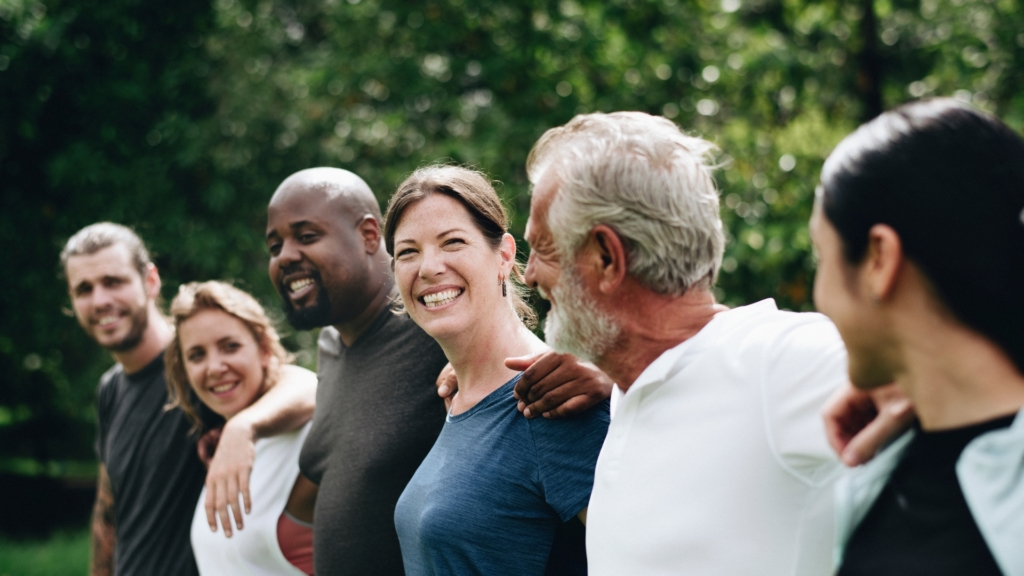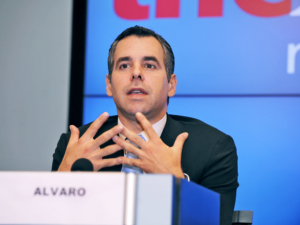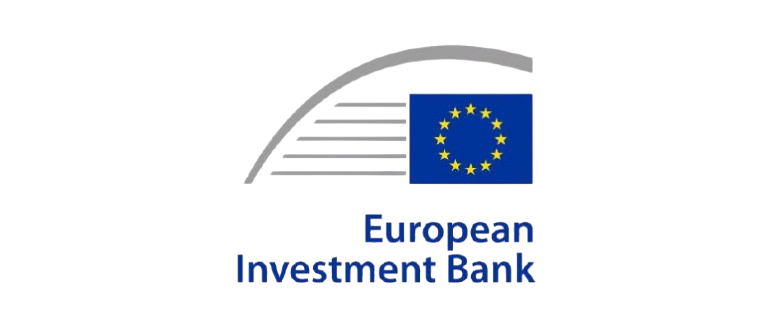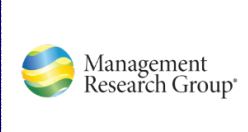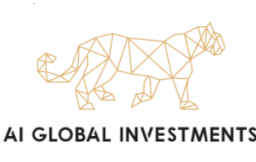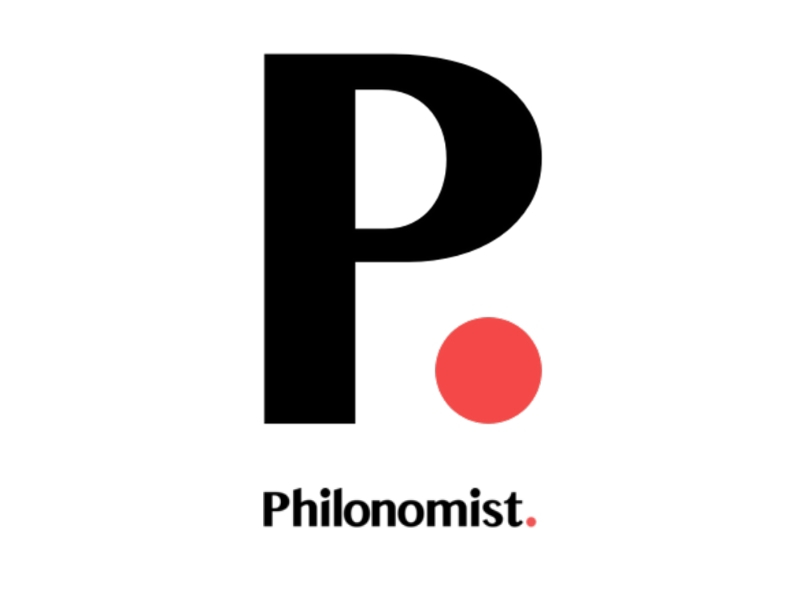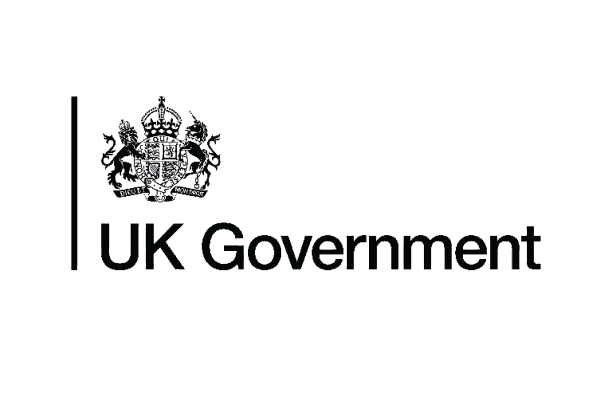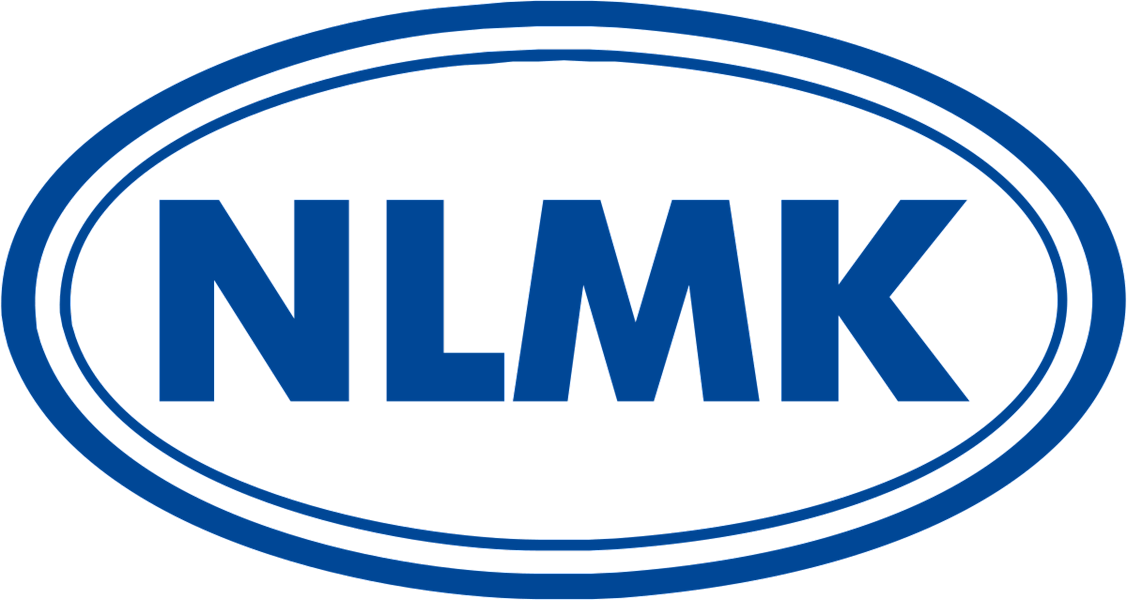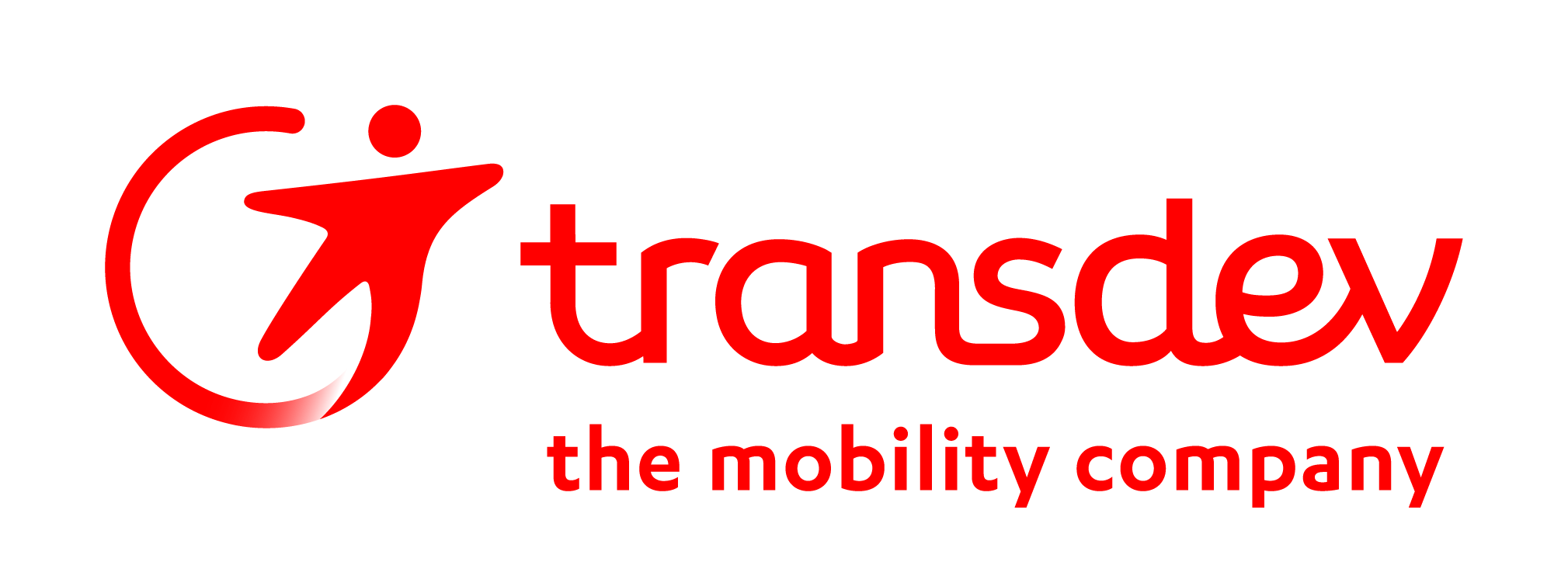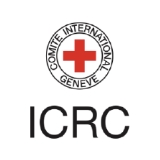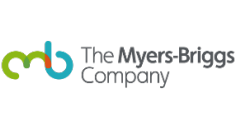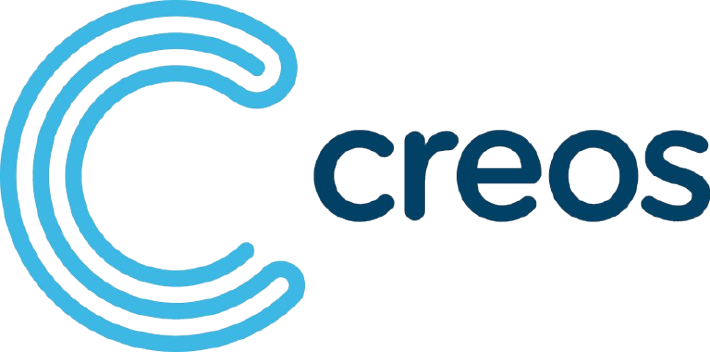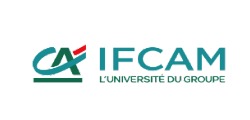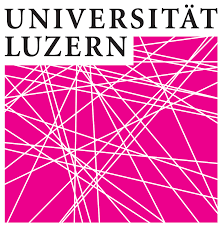Leadership often unfolds in the unseen—the unconscious forces that silently influence decisions, relationships, and behaviors. These dynamics shape how leaders respond to complexity, not through deliberate strategies, but through deeply ingrained patterns of resistance and avoidance. Left unexamined, they can limit adaptability, stifle innovation, and derail collaboration, all while remaining outside conscious awareness.
This essay examines unconscious dynamics as a central, yet often neglected, dimension of leadership development. Drawing from psychodynamic theories1 and group relations2, it explores how these invisible forces manifest in individual and group behaviors, creating barriers to learning and adaptive work. Rather than merely addressing cognitive or technical deficits, leadership programs must engage with these undercurrents, helping leaders confront their resistances and surface the patterns that hold them back.
By focusing on the intersection of unconscious resistance and group dynamics, this essay proposes an alternative approach to leadership development—one that leverages experiential methods to unlock self-awareness, emotional resilience, and collective intelligence. Leadership, in this view, becomes an act of navigating the unknown, both within oneself and in the systems, we seek to lead.
Unconscious Resistance: Definitions and Origins
Unconscious resistance refers to psychological defense mechanisms that protect individuals from confronting uncomfortable truths or engaging in transformative change3. These mechanisms operate beneath conscious awareness, enabling individuals to avoid psychological discomfort associated with questioning long-held beliefs, exploring uncertainty, or stepping into new roles4. In leadership contexts, this resistance manifests as rigid behavioral patterns, avoidance of ambiguity, or clinging to past successes as a safe harbor5. These patterns hinder the capacity to adapt to complex and evolving environments6.
From a developmental perspective, unconscious resistance is often rooted in early life experiences, where coping mechanisms are formed to manage fear, rejection, or failure7. Organizational cultures can reinforce these defenses by prioritizing stability, control, and predictability over innovation and exploration8. Heifetz’s concept of « technical versus adaptive challenges » underscores this phenomenon: leaders often resist adaptive work because it requires them to step outside their comfort zone, tolerate uncertainty, and engage with their vulnerabilities9. Such resistance is not merely intellectual but deeply emotional, driven by fears of failure, exposure, or loss of identity.
Manifestations of Avoidance Strategies
In leadership programs, unconscious resistance often manifests through avoidance strategies, shielding individuals from the discomfort of learning in uncertain environments. Rather than engaging fully in the process, leaders may resort to cognitive oversimplification10, reducing complex challenges to technical fixes that offer a false sense of control. Similarly, some leaders cling to past successes, relying on familiar strategies rather than exploring new approaches, which reinforces a fixed mindset and stifles innovation11.
Another common response is theavoidance of ambiguity, where individuals demand excessive data or overanalyze situations before taking action. While this may appear logical, it often masks a deeper fear of uncertainty and prevents real engagement with complex challenges12. Others may engage in projection of responsibility, shifting accountability onto external factors rather than confronting their own limitations.
Finally, some leaders deflect deeper self-exploration by immersing themselves in operational tasks or micromanaging, a strategy that aligns with the « tyranny of the urgent », where constant activity replaces meaningful reflection13. These unconscious defense mechanisms create barriers to adaptive learning and limit the capacity for genuine transformation in leadership14.
Group Dynamics and the Amplification of Resistance
In group contexts, unconscious resistance is often amplified through collective dynamics. Drawing on Tavistock methodologies, group behaviors are shaped by not only explicit roles but also unconscious processes such as projection, transference, and splitting15. These dynamics influence how resistance manifests within teams and organizations.
- Projection of Anxieties
Leaders and team members may project their fears or uncertainties onto others, creating scapegoats or externalizing challenges16. This dynamic deflects attention from the group’s shared responsibility to confront adaptive challenges17. - Groupthink and Social Conformity
Janis describes how cohesive groups often suppress dissent to maintain harmony. Members resist challenging dominant perspectives or proposing unconventional ideas, reinforcing the collective avoidance of difficult truths. This phenomenon stifles creativity and reinforces cognitive oversimplification. - Transference and Authority Dependency
Groups may transfer their anxieties onto leaders, expecting them to provide all answers. This dynamic creates a dependency that prevents both leaders and teams from engaging in adaptive problem-solving collaboratively. - Role Entrapment and Splitting
Members of the group may unconsciously adopt rigid roles—such as the « rescuer, » the « critic, » or the « silent observer »—that limit the group’s capacity to address complexity collectively20. Splitting can occur when groups divide into factions, polarizing issues and further avoiding collective engagement21.
Addressing Resistance: Towards Adaptive Engagement
To overcome unconscious resistance, both leaders and organizations must develop awareness of these dynamics and implement strategies to counteract them:
- Fostering Reflexivity
Encouraging leaders to engage in reflective practices, such as journaling, mindfulness, or coaching, helps uncover unconscious patterns and resistances. - Challenging Oversimplification
Leaders should be encouraged to embrace complexity, tolerate ambiguity, and avoid defaulting to technical solutions for adaptive challenges.
- Creating Safe Spaces for Dialogue
Utilizing methods such as Tavistock group relations or Case-in-Point can help teams surface and address unconscious dynamics, fostering trust and creativity. - Promoting Distributed Leadership
By sharing leadership responsibilities, groups can reduce dependency on authority figures and increase collective capacity to engage with complexity. - Encouraging Vulnerability
Leaders must model vulnerability by acknowledging their fears and uncertainties. This creates a culture where others feel safe to do the same, reducing resistance and promoting authentic engagement.
Unconscious resistance is a natural psychological response to change, but its effects can be mitigated through intentional efforts to surface, understand, and address it. By integrating these approaches, leaders and organizations can move beyond avoidance strategies and develop the resilience and adaptability needed to thrive in complexity.
Implications for Leadership Development
Incorporating the study of unconscious resistance and group dynamics into leadership programs has profound implications. It challenges traditional models that prioritize individual achievement and technical competence, emphasizing instead the need for relational intelligence and systemic thinking.
Adaptive leadership requires not only the ability to identify and address resistance but also the courage to embrace vulnerability and uncertainty. Organizations must create safe spaces for experimentation, where leaders can confront their resistance without fear of judgment or failure.
Conclusion
Unconscious resistance and group dynamics represent significant barriers to leadership learning, particularly in complex environments. By addressing these barriers through psychodynamic and experiential approaches, leadership programs can foster deeper self- awareness and adaptive capacity. As leaders learn to confront their resistances and engage with group dynamics, they become better equipped to navigate the challenges of an ever-changing world.
1 Noumair, D. A. (2014). Group relations and organizational consultation: Mutual impact. In S. Cytrynbaum & D. Noumair (Eds.), Group Relations Reader 3 (pp. 113-130). A.K. Rice Institute.
2 Obholzer, A., & Roberts, V. Z. (Eds.). (1994). The unconscious at work: Individual and organizational stress in the human services. Routledge
3 Argyris, C., & Schön, D. A. (1974). Theory in practice: Increasing professional effectiveness. Jossey-Bass.
4 Vaillant, G. E. (1992). Ego mechanisms of defense: A guide for clinicians and researchers. American Psychiatric Press.
5 Heifetz, R. A., Grashow, A., & Linsky, M. (2009). The practice of adaptive leadership: Tools and tactics for changing your organization and the world. Harvard Business Press.
6 Petriglieri, G., & Petriglieri, J. L. (2010). Identity workspaces: The case of business schools. Academy of Management Learning & Education, 9(1), 44-60.
7 Obholzer, A., & Roberts, V. Z. (Eds.). (1994). The unconscious at work: Individual and organizational stress in the human services. Routledge.
8 Long, S. (Ed.). (2016). Socioanalytic methods: Discovering the hidden in organisations and social systems. Routledge.
9 Heifetz, R. A. (1994). Leadership without easy answers. Harvard University Press.
10 Kegan, R., & Lahey, L. L. (2009). Immunity to change: How to overcome it and unlock the potential in yourself and your organization. Harvard Business Review Press.
11 Petriglieri, G., & Petriglieri, J. L. (2010). Identity workspaces: The case of business schools. Academy of Management Learning & Education, 9(1), 44-60.
12 Obholzer, A., & Roberts, V. Z. (Eds.). (1994). The unconscious at work: Individual and organizational stress in the human services. Routledge.
13 Gabriel, Y. (1999). Organizations in depth: The psychoanalysis of organizations. Sage.
14 Stacey, R. D. (2007). Strategic management and organisational dynamics: The challenge of complexity to ways of thinking about organisations. Pearson Education.
15 Obholzer, A., & Roberts, V. Z. (Eds.). (1994). The unconscious at work: Individual and organizational stress in the human services. Routledge.
16 Bion, W. R. (1961). Experiences in groups and other papers. Tavistock.
17 Long, S. (Ed.). (2016). Socioanalytic methods: Discovering the hidden in organisations and social systems. Routledge.
18 Janis, I. L. (1982). Groupthink: Psychological studies of policy decisions and fiascoes. Houghton Mifflin.
19 Huffington, C., Armstrong, D., Halton, W., Hoyle, L., & Pooley, J. (Eds.).
(2004). Working below the surface: The emotional life of contemporary organizations. Karnac Books.
20 Noumair, D. A. (2014). Group relations and organizational consultation: Mutual impact. In Cytrynbaum, S., & Noumair, D. (Eds.), Group Relations Reader 3. A.K. Rice Institute.
21 Armstrong, D. (2005). Organization in the mind: Psychoanalysis, group relations, and organizational consultancy. Karnac Books.
